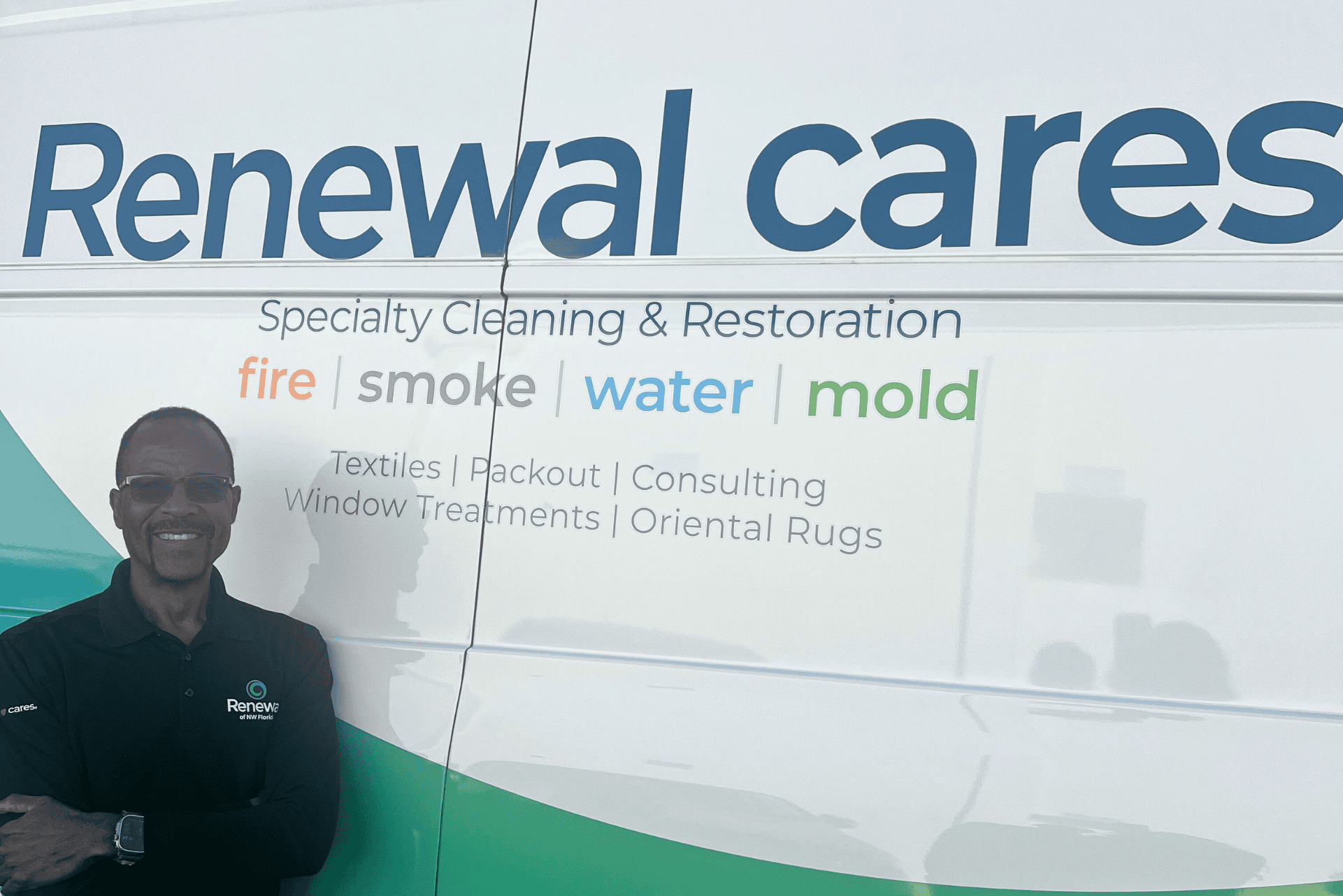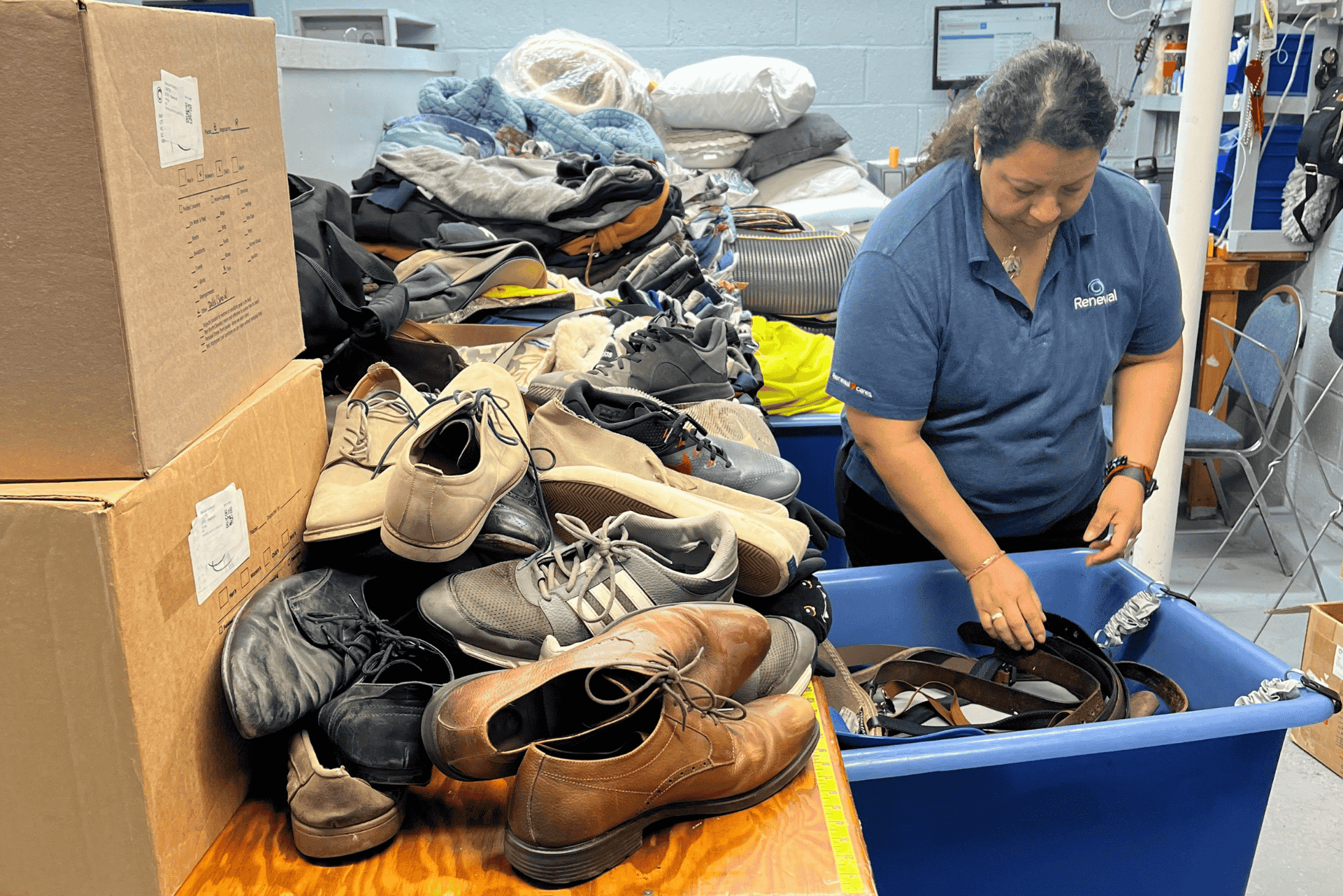Late summer is prime time for mold growth, especially here in Florida, where high humidity, summer storms, and water damage from hurricane season create the perfect breeding ground. Whether you’ve noticed a musty smell that won’t go away or mysterious spots on your walls, early signs of mold should never be ignored.
It’s no secret that mold can seriously damage your property, impact your health, and quickly spread & take over if not addressed. Here’s how to identify mold early, why you should pay extra attention right now, and what you can do to stop it before it becomes a major problem.
It’s Peak Mold Season
Mold thrives in warm, damp environments. And in places with high heat and humidity, like Florida and South Georgia, late summer is one of the most common times for mold infestations. Add in leaky pipes, roof damage from storms, or moisture in walls and carpets, and you've got an ideal environment for mold growth.
Even short-term water exposure from heavy rain or flooding can allow mold to start growing in as little as 24 to 48 hours. That means if you’ve had storm damage, AC issues, or plumbing leaks, it’s time to thoroughly check your home, especially areas that aren’t well-ventilated.
Early Signs of Mold to Watch For
Catching mold early is critical for preventing long-term damage. Here are some common signs that mold may be growing in your home:
1. Musty or Damp Odors
An ongoing musty smell (even if you don’t see any mold) is often the first sign that something’s wrong. Trust your nose and your gut!
2. Discoloration on Walls, Ceilings, or Belongings
Mold can look like black, green, brown, or white fuzzy spots. It often starts in corners, near baseboards, or around vents.
3. Peeling Paint or Bubbling Walls
Moisture trapped behind walls can cause bubbling or cracking in paint or wallpaper, a possible sign of hidden mold.
4. Increased Allergy or Respiratory Symptoms
If you or a family member suddenly experiences sneezing, coughing, headaches, or eye irritation indoors, mold might be the cause.
5. Warped Floors or Ceiling Stains
Soft spots on wood floors or discoloration on ceilings after heavy rain may indicate moisture buildup and concealed mold.
What to Do If You Suspect Mold
If you spot any of the signs above, don’t wait. Mold won’t go away on its own. Here’s what you can do:
Address the Moisture Source
Have a professional fix any leaks, work on improving ventilation, and reduce indoor humidity with a dehumidifier. Removing moisture is how to stop mold from coming back.
Call a Certified Mold Remediation Expert
Professional remediation ensures the mold is safely removed and doesn’t spread further. DIY methods often miss mold growing behind walls or under flooring.
Restore As Much As Possible with Renewal of Northwest Florida
Porous materials like drywall, carpet, and upholstered furniture can absorb moisture and mold quickly. Depending on the level of damage, these items may need to be replaced, but in many cases, they can be professionally restored. Our expert crew uses advanced equipment and proven techniques to assess and restore damaged areas safely and effectively, helping you salvage what’s possible and prevent further spread.
How Mold Affects Your Clothing & Household Items
Mold doesn’t just stick to walls; It also attaches to fabric fibers, which makes clothing, curtains, bedding, and upholstered furniture highly vulnerable. Mold-damaged fabrics can develop an unpleasant odor and may show discoloration or staining.
That’s where Shamrock Cleaners’ professional fabric care services come in. At Shamrock and Renewal, we specialize in cleaning and restoring your textiles with expert dry cleaning and fabric treatment techniques. Whether it’s your favorite suit, your child’s comforter, or your favorite linens, we remove odors, sanitize materials, and return your items fresh, clean, and safe to use.
If you’ve experienced water damage, humidity issues, or a mold outbreak, let us help you protect the things that matter most. We’re here to help you breathe easy again!

.jpg)


